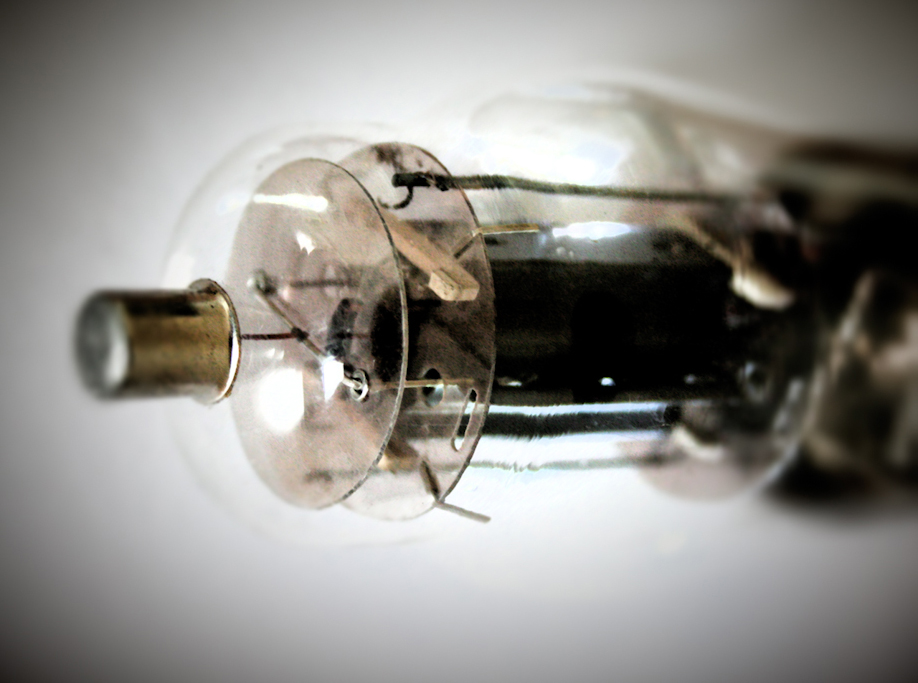Please, do not use the information in this section to kill yourself, your friends, family members, acquaintances, total strangers, pets, electronic devices or burn down your house.
I EXPRESSLY DISCLAIM ALL LIABILITY FOR INJURY OR PROPERTY DAMAGE RESULTING FROM THIS INFORMATION. ALL INFORMATION IS PROVIDED 'AS-IS' AND WITHOUT WARRANTY OF ANY KIND.
With opamps, voltages are rarely above ±15 volts. These projects have voltages ranging from 200 to 1200 volts, DC. This is serious stuff and needs to be treated with the respect it deserves.
High voltages will not just shock you, they will kill you.
Use extreme caution while building, working on and testing.
Always THINK SAFETY! Only YOU can prevent accidents.
If you are in any way unfamiliar with high voltage circuits or are uncomfortable working around high voltages, DO NOT RISK YOUR LIFE BY BUILDING THEM. Seek help from a competent technician before building any unfamiliar circuit.
Wear rubber soled shoes to help keep any accidental shocks from passing through your body. Make sure the unit is unplugged and the capacitors are completely discharged before your body or tools come in contact with the equipment you are working on.
i.e.: avoid electrocution - it is a widely misused term, it refers to death by electrical shock. People often say that they have been electrocuted; that is just not possible, they would be dead. You can only be electrocuted once.
Capacitors can vent (commonly know as exploding). Wear safety glasses when working with electronics, especially when working with capacitors. If you care about what your face looks like, wear a complete face shield. If possible, put a nonflammable plastic box over your work the first time you apply power.
Watch out for tantalum capacitors. When they vent, they can spew molten tantalum!
Wear long cotton pants. Solder drips burn through polyester and hurt for weeks. Don't wear pants that cost too much to be ruined with a burn mark.
If possible, work with a friend who knows CPR and knows how to pull the plug from the wall if you forgot to do that first. Do not work on the wiring, under any circumstances, while the system is plugged in. Don't just turn it off and think that's enough. Others have done this and fried things (or themselves!) by accidentally turning the system on while working. You could end up in the hospital or in a wooden box with just the slip of a screwdriver.
Work with a full fire extinguisher in view. Do not put the fires extinguisher where you would have to reach across equipment to get to it.
The case of a capacitor can have voltage on it. Check it with a working voltmeter on both AC and DC before attempting to touch it.
Make sure you can pull the plug from the wall without having to reach over either the equipment you are testing or the test equipment.
Make sure you can exit the room rapidly without passing your equipment or tripping over piles of stuff on the floor should you need to run for it.
Make your own safety assessment. Your design and craftsmanship must be safe for both you and those who enter your house. Do you have any friends, relatives or acquaintances who insist on touching things when they say "what does this do?"
Both old and new parts can be defective. Test them before installing them.
Make your own risk assessment. Read the application notes for the parts you are using.
There are three basic rules when working with high voltages:
- Keep one hand behind your back. A very dangerous path for high voltage is from hand to hand, with your heart in between. It doesn't take all that much to stop your heart at these voltages.
- Use proper probes. About the only thing you should be doing to a live circuit is checking voltages or signals. Get clamping tips for your probes. Clamp the ground clip to ground. With the hand that is not behind your back, use the proper insulating probe tip on your voltmeter or scope. Be sure your voltmeter or scope is properly rated for these projects.
- Disconnect the power and DISCHARGE THE CAPACITORS before doing anything to the wiring.
PS - I am aware that 200 to 1200 V DC is not exactly High Voltage (The International Electrotechnical Commission and its national counterparts (IET, IEEE, VDE, etc.) define high voltage circuits as those with more than 1000 V for AC and at least 1500 V for DC). But the general public may consider household mains circuits (100–250 V AC), which carry the highest voltages they normally encounter, to be high voltage. The numerical definition of high voltage depends on the context of the discussion. Let's say that voltages of greater than 50 V applied across dry unbroken human skin are capable of producing heart fibrillation if they produce electric currents in body tissues that happen to pass through the chest area, and I tend to consider HIGH any voltage having such an effect...



